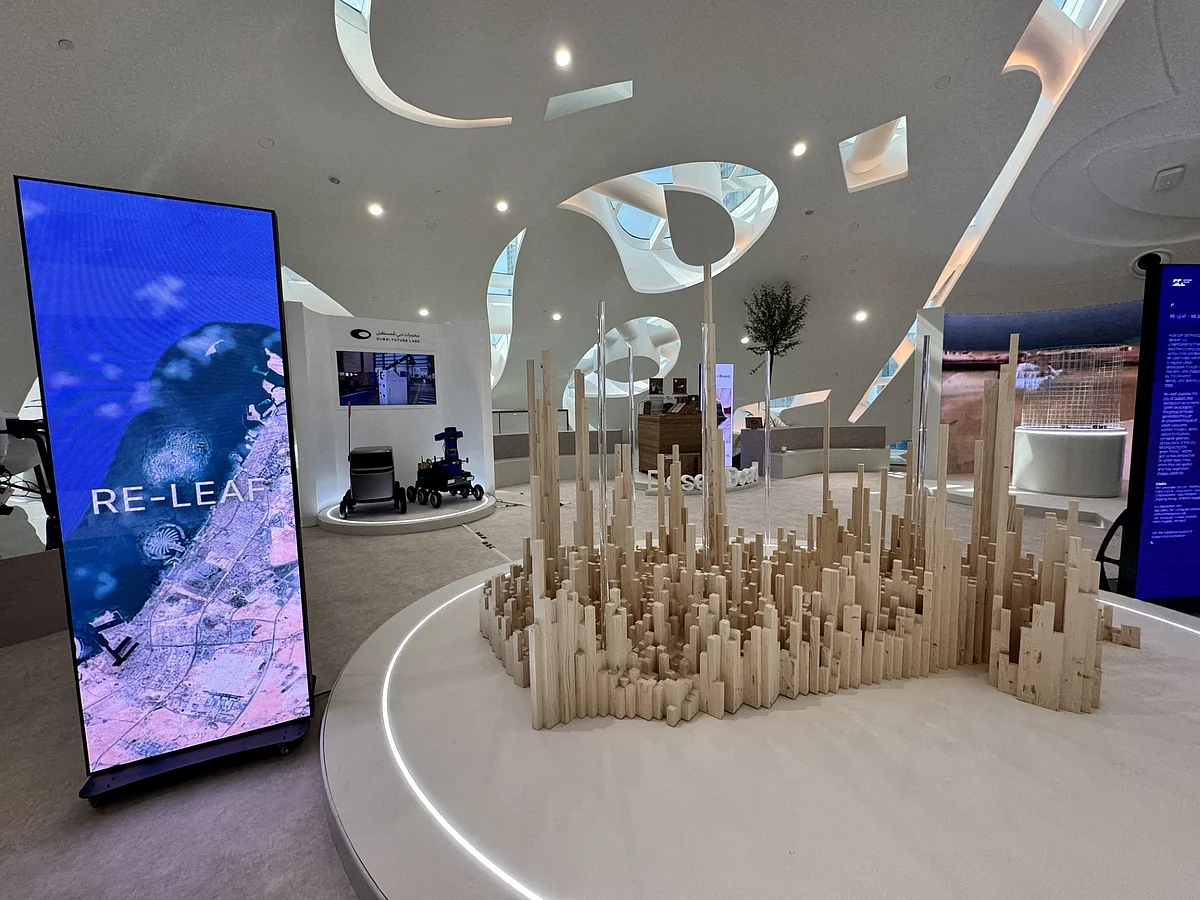
'Green Skyscrapers': Dubai's Future Skyline May Be Made Of Trees, Not Concrete
Imagine a futuristic Dubai with tall trees that not only act as a green skyscraper but also play a role in cooling the city. This will soon be a reality, thanks to a new project called Re-Leaf- a first-of-its-kind AI-powered project that maps the cooling power of trees and will help design greener, more liveable cities.
On the second day of Urban Future Week, Dubai Future Foundation CEO Khalfan Belhoul said the project aims to improve Dubai's air quality and is being developed with the MIT Senseable City Lab.
Recommended For You Gold's next leap? Analysts see $5,000 horizon, explain current calm marketThe Re-Leaf project uses technology to deepen the understanding of trees and their cooling power across the city. It visualises the distribution of trees across Dubai as 'green skyscrapers', allowing planners to determine where trees should be planted to maximise natural cooling and improve air quality. It uses artificial intelligence, advanced data, and environmental modelling to plan urban greenery more strategically.
Stay up to date with the latest news. Follow KT on WhatsApp Channels.
Residents can use the interactive web app of the project to compare greenery across the emirate, gain perspective where trees thrive, explore individual trees up close, and measure their cooling impact on the city. The height of each block on the map reflects the amount of greenery in the area, shaping the skyline with trees rather than buildings.
Futuristic Dubai
In addition to this, he revealed how Dubai was designing, testing, and building its urban future now with various projects.“From a water perspective, we have contributed to the Dubai Reef project to use robotics and marine innovation to restore biodiversity and create one of the world's largest artificial reef systems,” he said.
He said that using robots for last-mile deliveries was a project designed to make the emirate's land less congested.“We are working very closely with the Road and Transportation Authority to see how much this helps from a transportation efficiency perspective,” he said.“We've tested it, validated it, and we are very hopeful that we will soon see live execution of those projects as testing sandbox environments have been deployed already."
He added that a gig-based economy was something the city was“very bullish” about. It characterizes a labor market where workers will engage in short-term, contracted jobs rather than a permanent in-house job.
"The sandbox platform is a project that enables testing across all government innovative ideas,” he said.“A gig economy is something we want to test. We strongly believe that uberisation of jobs will happen and that the gig-economy will play a massive role in any economy in the future."

Legal Disclaimer:
MENAFN provides the
information “as is” without warranty of any kind. We do not accept
any responsibility or liability for the accuracy, content, images,
videos, licenses, completeness, legality, or reliability of the information
contained in this article. If you have any complaints or copyright
issues related to this article, kindly contact the provider above.

















Comments
No comment